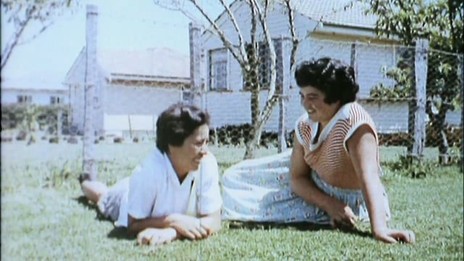Denys Mason
aka Dennis Mason
Denys Mason had little musical knowledge when he first picked up the saxophone, but he mastered the rudiments in less than a month and within a year passed his very first audition to become a professional musician in, reputedly, New Zealand’s highest paid band.
“Man, I was so shy in Quincy Conserve,” he recalls, “that I always hid behind sunglasses on stage. I didn’t want the audience to see me and I didn’t want to see the audience.”
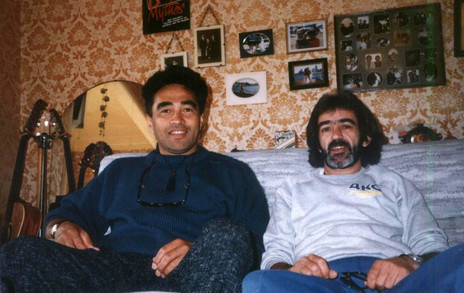
Denys Mason with Costa Christie.
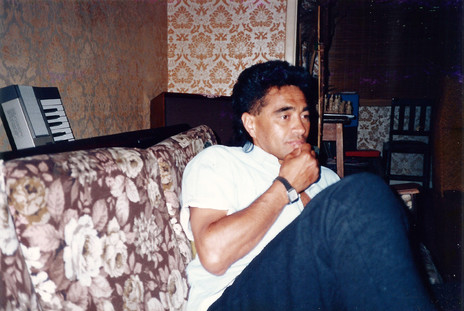
Denys Mason relaxing at Edge Hill, Wellington, 1988
Photo credit:
Costa Christie
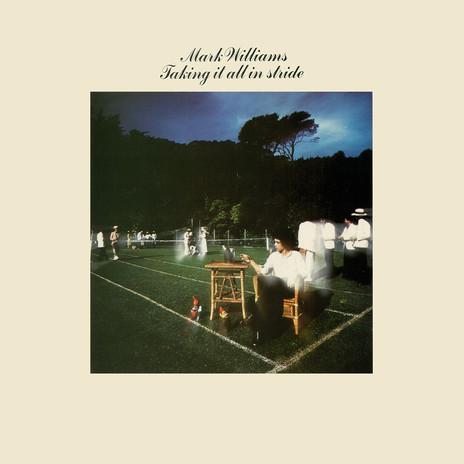
Mark Williams' third album Taking It All In Stride, EMI, 1977, produced by Alan Galbraith, and backed for the most part by Wellington soul-funk band Redeye, with arrangements by Dave Fraser. Other players include Alan Galbraith, Dave Fraser, Kevin Bayley, Beaver, Sharon O'Neill and Mike Booth.
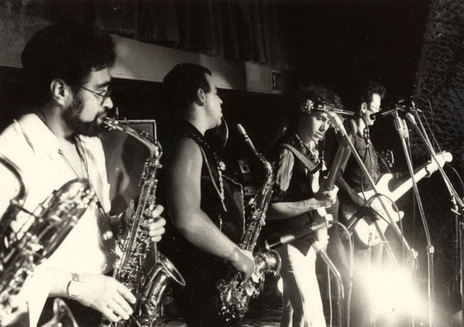
Rough Justice 1979, left to right: Denys Mason, Rick Bryant, Nick Bollinger, Tony Backhouse
Photo credit:
Photo by Murray Cammick

Denys Mason with Lance Su'a, Edge Hill, Wellington
Photo credit:
Costa Christie
The 358's - Be Cool
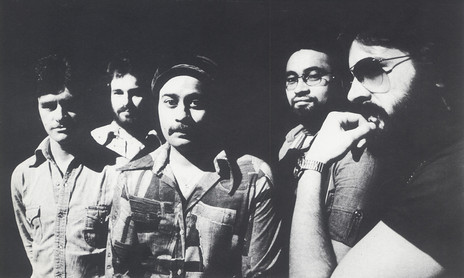
Redeye, from left to right: John O'Connor, Frits Stigter, Tom Swainson, Denys Mason, Bob Smith.
Photo credit:
Publicity photo
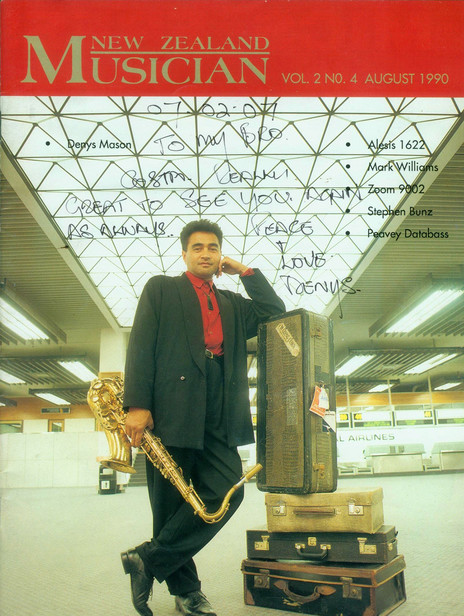
Denys Mason on the cover of NZ Musician, August 1990.
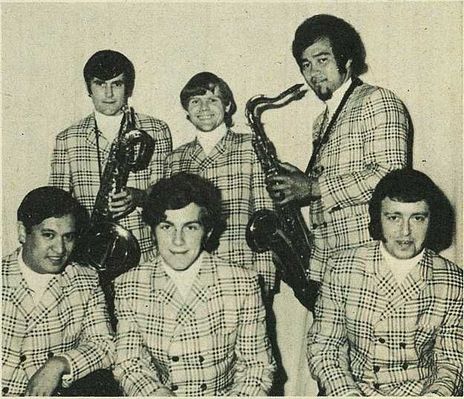
Quincy Conserve in Gisborne, January 1969. At rear: John McCormick, Malcolm Hayman, Denys Mason. Front: Rufus Rehu, Raice McLeod, David Orams.
Photo credit:
Gisborne Photo News
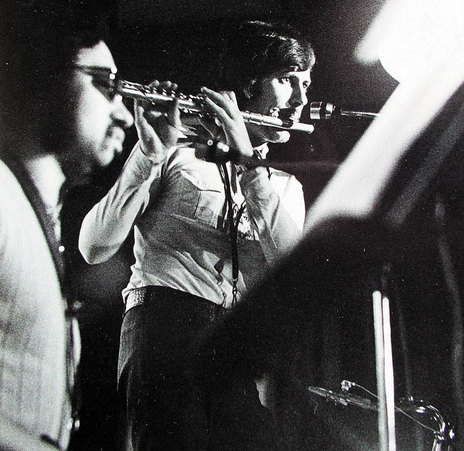
Denys Mason and John McCormick recording with The Quincy Conserve in HMV, 1971
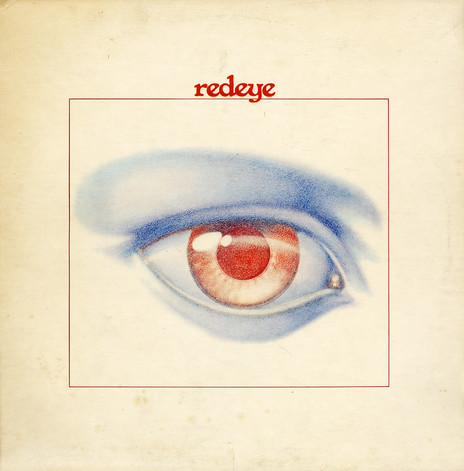
Redeye's self-titled album, produced by Rick White, EMI, 1977. Art work by Max Tilley.
E Tipu e Rea - Thunderbox (1989, music by Denys Mason)
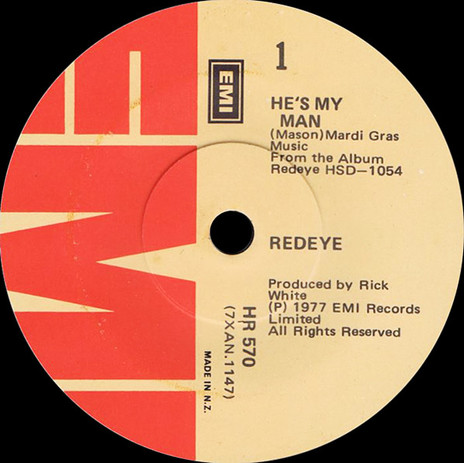
Redeye - He's My Man, written/sung by Denys Mason (EMI, 1977)
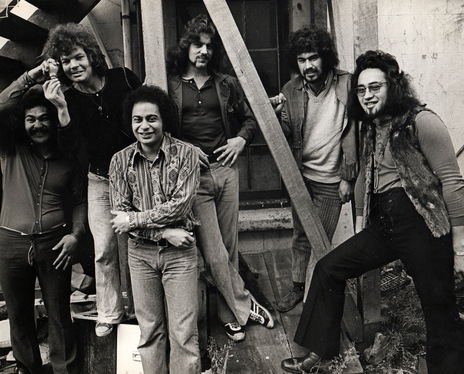
Arkastra in Wellington behind Lucifers nightclub, just off Manners Street, c. 1972. From left: Harry Leki, Andy Anderson, Tom Swainson, Peter Blake, Paul Reid and Denys Mason.
Photo credit:
Andy Anderson collection
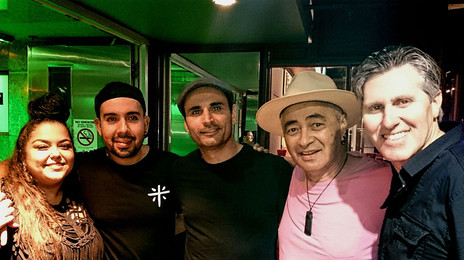
Denys Mason (second from right) and Anu.
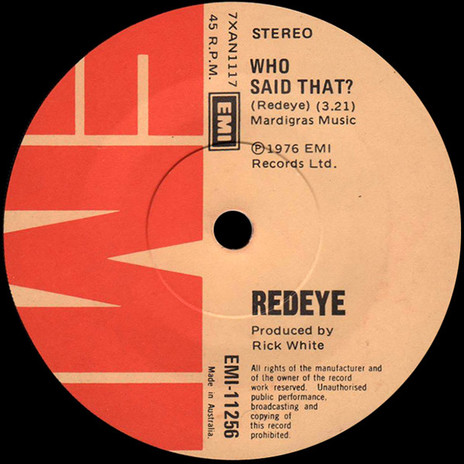
Redeye - Who Said That, written and sung by Denys Mason (EMI, 1976)
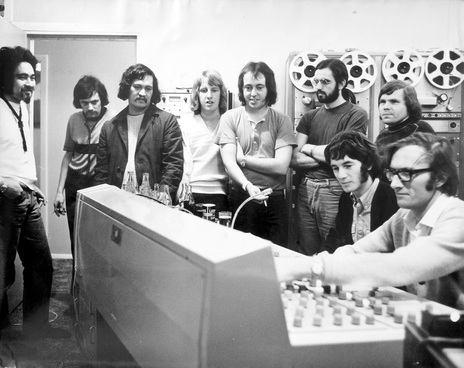
Peter Dawkins with Quincy Conserve at HMV studio in early 1971. From left: Denys Mason, John McCormick, Rufus Rehu, Barry Brown-Sharpe, Dave Orams, Richard James Burgess, and Malcolm Hayman. Seated are Peter Dawkins and engineer Peter Hitchcock. Visible behind Rehu is the top unit of the 4-track Ampex tape recorder.
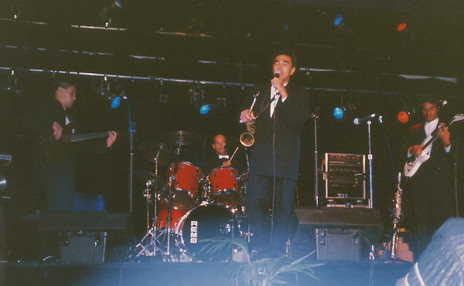
Denys Mason and The 358's at the Plaza International Hotel, Wellington Jazz Festival, 22 February 1990.
Photo credit:
Costa Christie collection
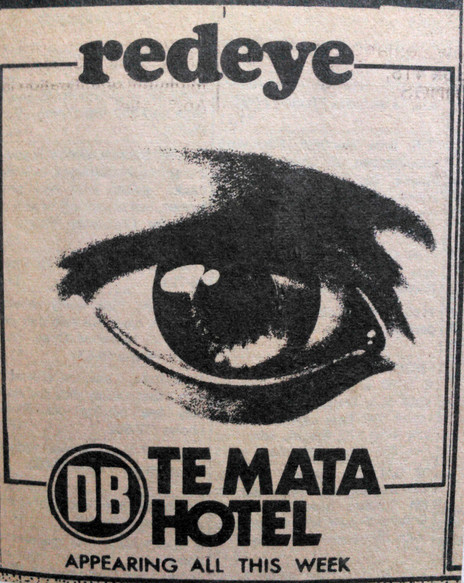
Redeye at Te Mata Hotel, Havelock North.
Photo credit:
Bob Smith collection
Denys Mason with the 358's, 'Love Will Come Someday'
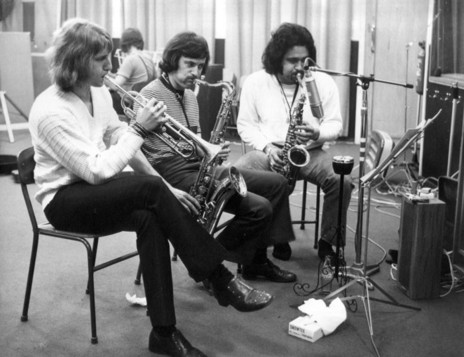
The Quincy Conserve brass section, Barry Brown-Sharpe on trumpet and Johnny McCormick on sax, became the Soundproof brass section. They are seen here with Denys Mason on sax.
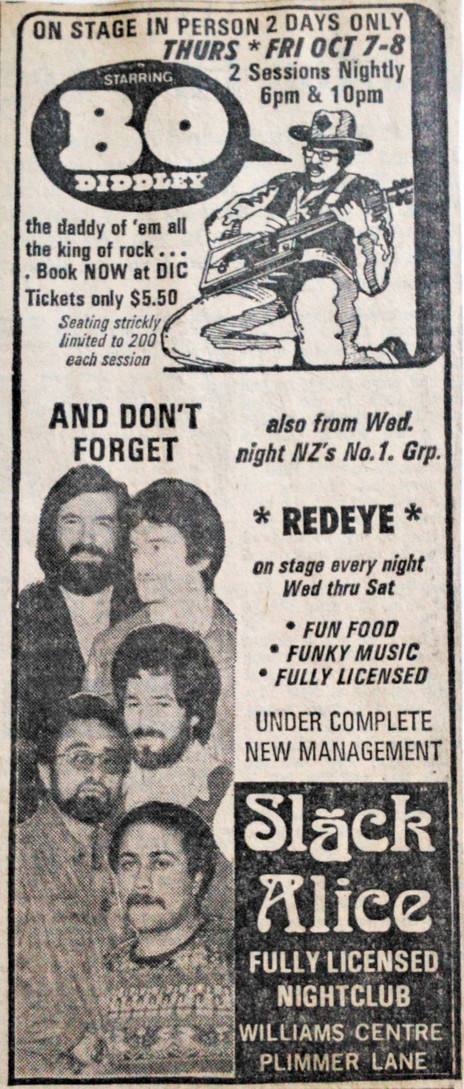
Bo Diddley backed by Redeye at Slack Alice, Wellington, 1976.
Photo credit:
Bob Smith collection
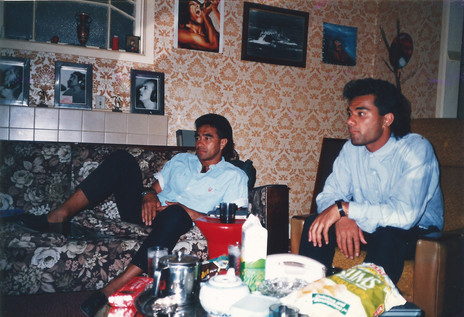
Denys Mason and Lance Su'a, chilling at Edge Hill, Wellington, 1988.
Photo credit:
Costa Christie
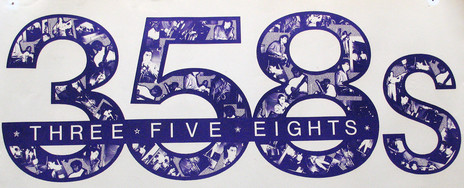
Poster - The 358s.
Photo credit:
Costa Christie collection
Denys Mason performs 'Tenderly' during the coronovirus lockdown, 19 April 2020
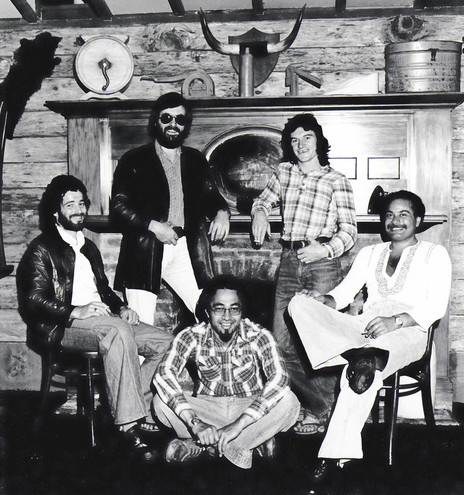
Redeye at Ray Johns' club The Cabin, Wellington, c 1974. Clockwise from top left: Bob Smith, John O'Connor, Tom Swainson, Denys Mason, Frits Stigter.
Photo credit:
Bob Smith collection
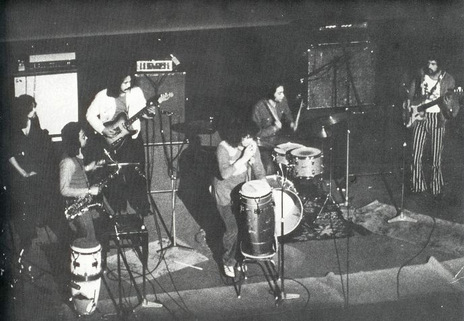
Arkastra: Peter Blake, Denys Mason, Harry Leki, Andy Anderson, Tom Swainson and Paul Read, performing at the Opera House, Wellington, 1 October 1972
Photo credit:
Andy Anderson collection
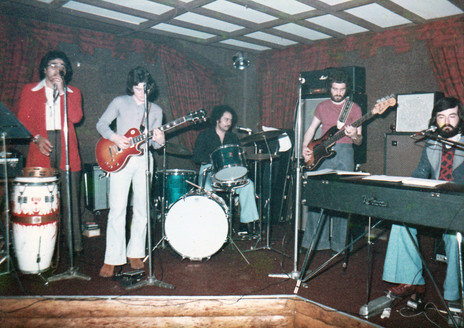
Redeye at the Cabin, Wellington, c 1974. From left to right: Denys Mason, John O'Connor, Tom Swainson, Frits Stigter, Bob Smith.
Photo credit:
Bob Smith collection
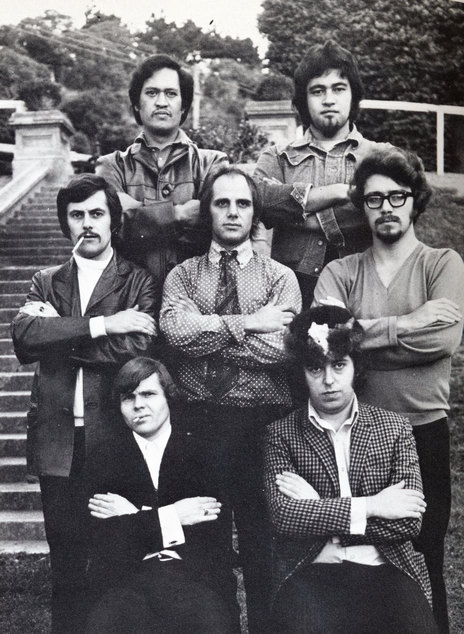
Quincy Conserve in 1970: Left to right, top to bottom: Rufus Rehu, Denys Mason, Johnny McCormick, Bruno Lawrence, Kevin Furey, Malcolm Hayman, Dave Orams
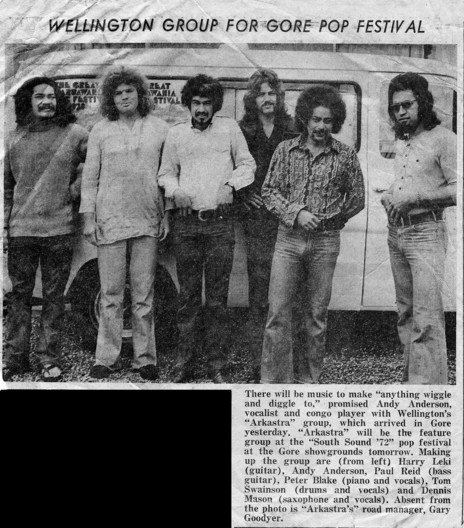
Arkastra, about to play the South Sound 72 festival in Gore, December 1972. Note the posters for the Ngaruawahia rock festival to be held a month later.
Photo credit:
Peter Blake collection
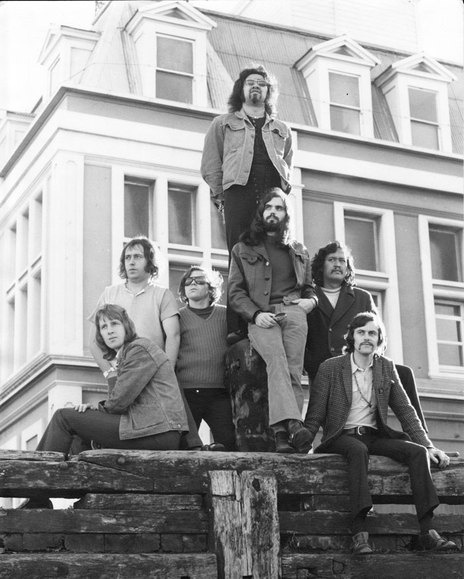
Quincy Conserve in 1971: Barry Brown-Sharpe, Dave Orams, Malcolm Hayman, Denys Mason (rear), Richard James Burgess (front), Rufus Rehu and John McCormick
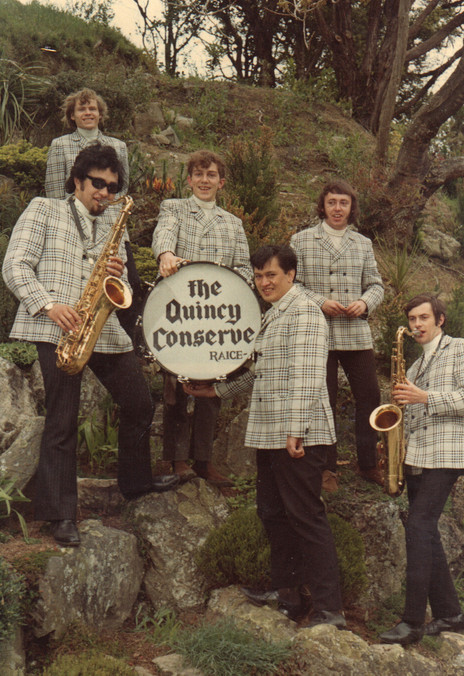
A rare colour shot of The Quincy Conserve c.1969: Denys Mason, Malcolm Hayman, Raice McLeod, Rufus Rehu, Dave Orams and Johnny McCormick
Photo credit:
Photo by Sal Criscillo. Ken Cooper collection
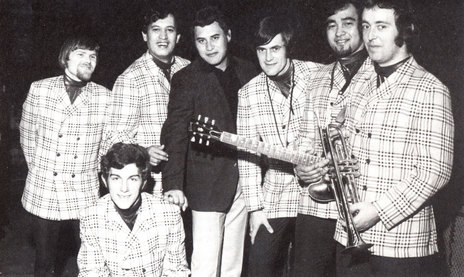
Quincy Conserve, 1969: Malcolm Hayman, Rufus Rehu, Ria Kerekere, Johnny McCormick, Denys Mason and Dave Orams with Raice McLeod in front.
Photo credit:
Photo by Murray Menzies
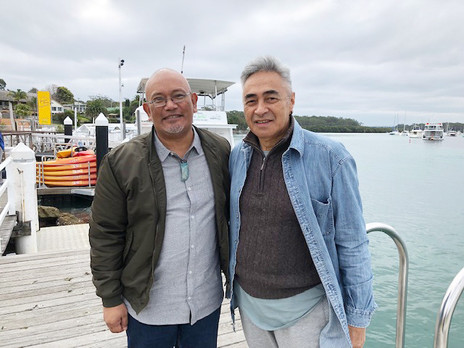
Ngahiwi Apanui, left, with Denys Mason, May 2018.
Photo credit:
Ngahiwi Apanui Collection
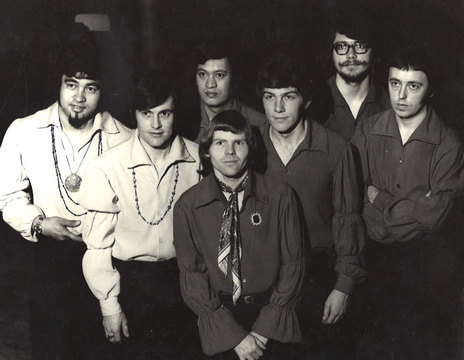
Quincy Conserve in 1968: Denys Mason, John McCormick, Rufus Rehu, Malcolm Hayman, Raice McLeod, Kevin Furey and Dave Orams.
Dalvanius performing Solomon Burke's 'Just Out Of Reach (Of My Two Empty Arms)' with Denys Mason on saxophone (live on Dixie Chicken, 1987)
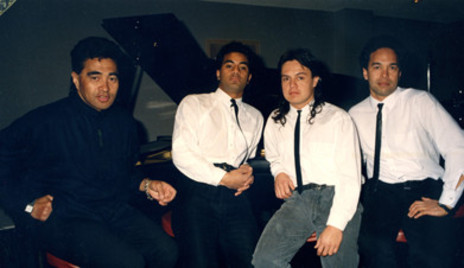
Denys Mason in the 358's, late 1980s.
The 358's covering Anita Baker's Been So Long
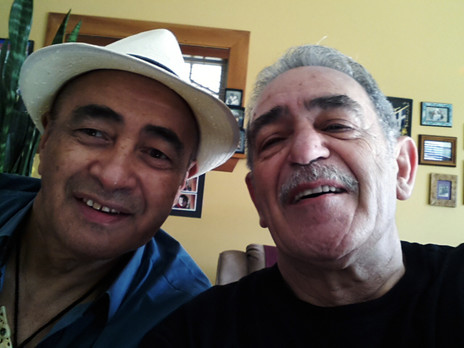
Denys Mason visits Costa Christie, a Wellington musician since the late 1950s
Photo credit:
Costa Christie collection
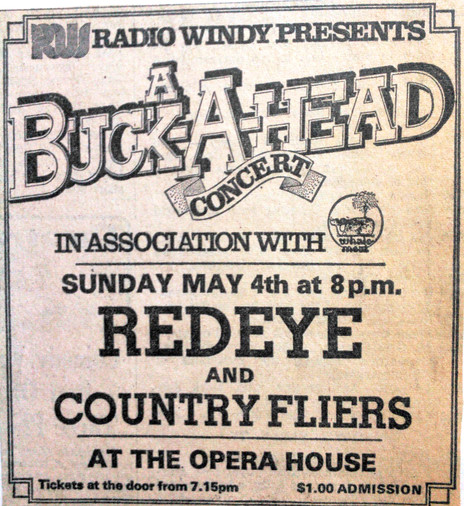
Advertisement for a Buck a Head concert with Redeye and the Country Fliers [sic], Opera House, Wellington, May 1975.
Photo credit:
Bob Smith collection
Unsung Heroes of Māori Music - Denys Mason / Peter Morgan
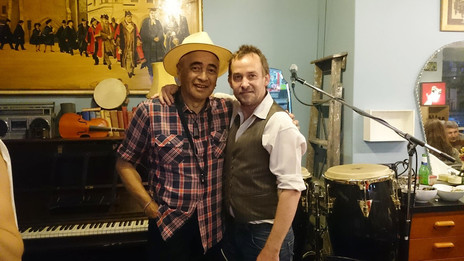
Denys Mason with Brendan St Leger in Bondi, NSW, 2015.
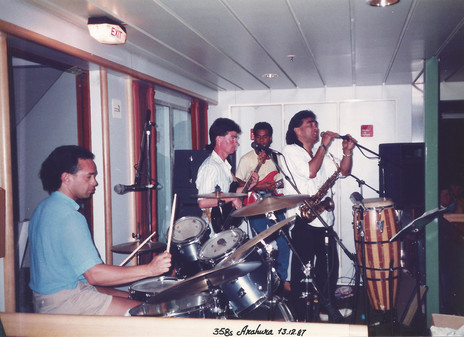
Denys Mason and The 358's onboard the Interislander ferry Arahura, 1987.
Photo credit:
Costa Christie collection
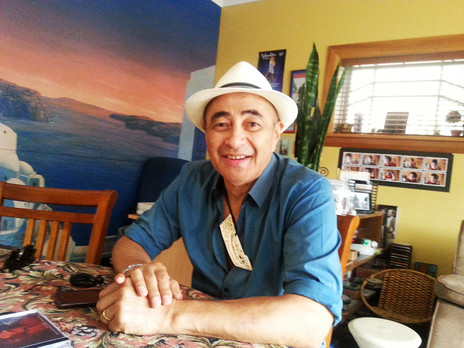
Denys Mason visits Wellington, 2000s.
Photo credit:
Costa Christie
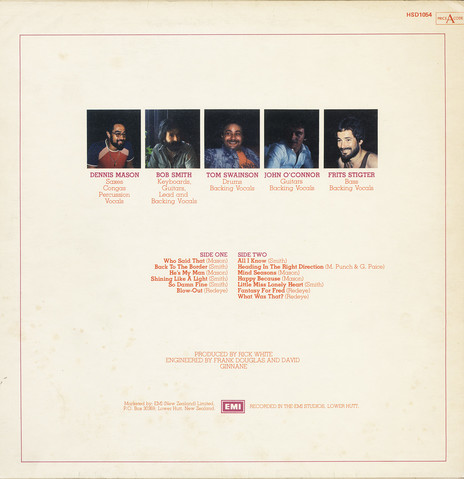
Back cover of the 1977 Redeye album (EMI). Photography by Catherine Palethorpe.
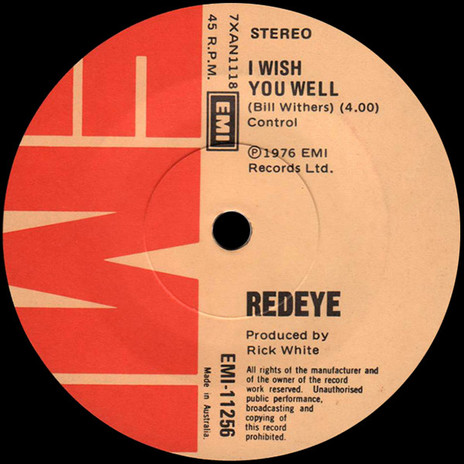
Redeye - I Wish You Well, a Bill Withers cover sung by Denys Mason (EMI Australia, 1976)
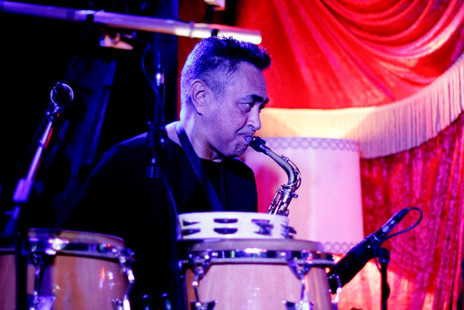
Denys Mason.
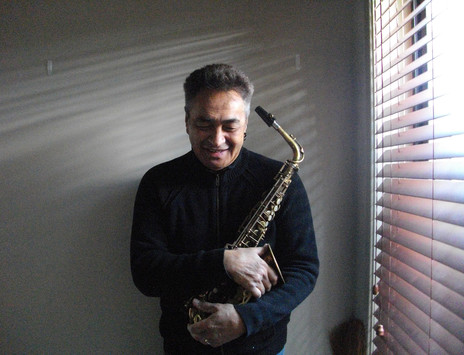
Denys Mason, 2000s
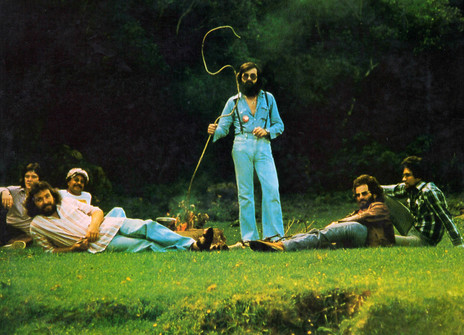
Redeye pictured with John Donoghue, from the back of the 1975 Timberjack-Donoghue album (Ode). From left to right: John O'Connor, John Donoghue, Tom Swainson, Bob Smith (standing), Frits Stigter, Denys Mason.
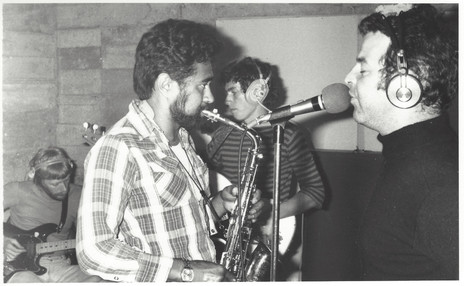
Rough Justice in the studio, c. 1978. From left: Peter Kennedy, Denys Mason, Nick Bollinger, Rick Bryant.
Photo credit:
Nick Bollinger collection
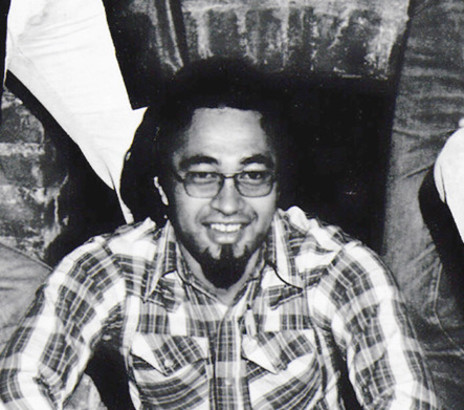
Denys Mason at the Cabin, Wellington, mid-1970s
Photo credit:
Bob Smith collection
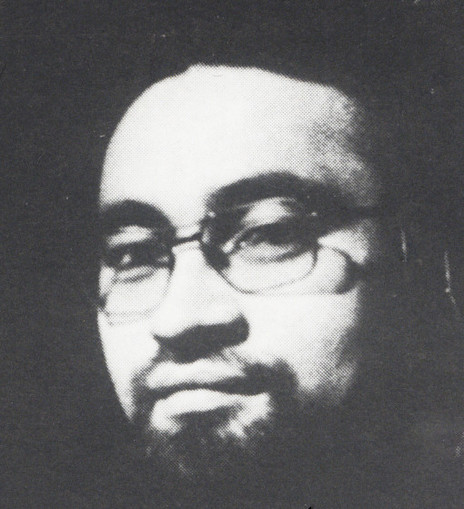
Denys Mason in Redeye, 1977.
Photo credit:
Publicity photo
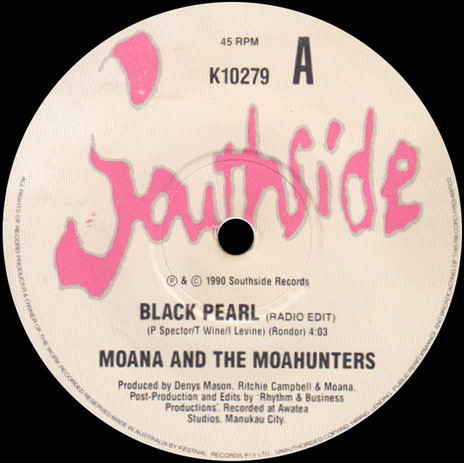
Moana and ther Moahunters - Black Pearl, Southside, 1990. Produced by Denys Mason, Ritchie Campbell and Moana.
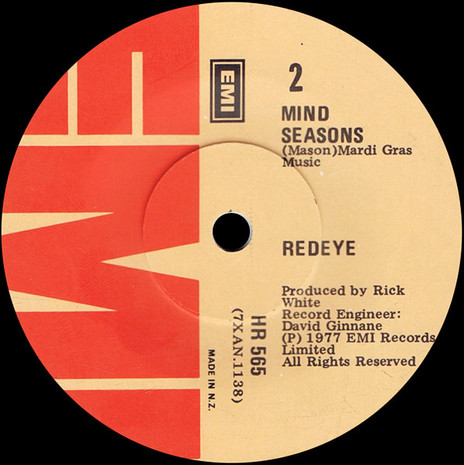
Redeye - Mind Seasons, written/sung by Denys Mason (EMI 1977)
Labels:
EMI
Discography




